People
Elton John Wants to Open a Museum for His Art Collection, and 6 Other Takeaways From His Revealing New Memoir
The singer-songwriter reveals his ambitions for his collection—and recalls that time he and John Lennon blew off Andy Warhol.

The singer-songwriter reveals his ambitions for his collection—and recalls that time he and John Lennon blew off Andy Warhol.

Javier Pes

Elton John wants to stage a huge exhibition about his colorful career and possibly open a private museum to house his vast art collection, according to his candid new autobiography, Me. The singer-songwriter has plenty to show and tell. The performer has been collecting art, with a particular focus on photography, for the past three decades.
Details about the museum remain minimal, and a spokesperson did not immediately return a request to provide more details. But at the end of the book, John lists all the things he wants to do after his farewell world tour, including working with his AIDS foundation, launching an exhibition dedicated to his entire career, and possibly “opening a permanent museum, so people can see some of my art and photography.”
There are many other revelations in the warts-and-all account of his career so far, published last month and authored with the help of music journalist Alexis Petridis. In the book, John recounts how collecting things has always made him happy, even when carried out to excess.
Below, we delve into the tome’s biggest revelations about John’s relationship to art.
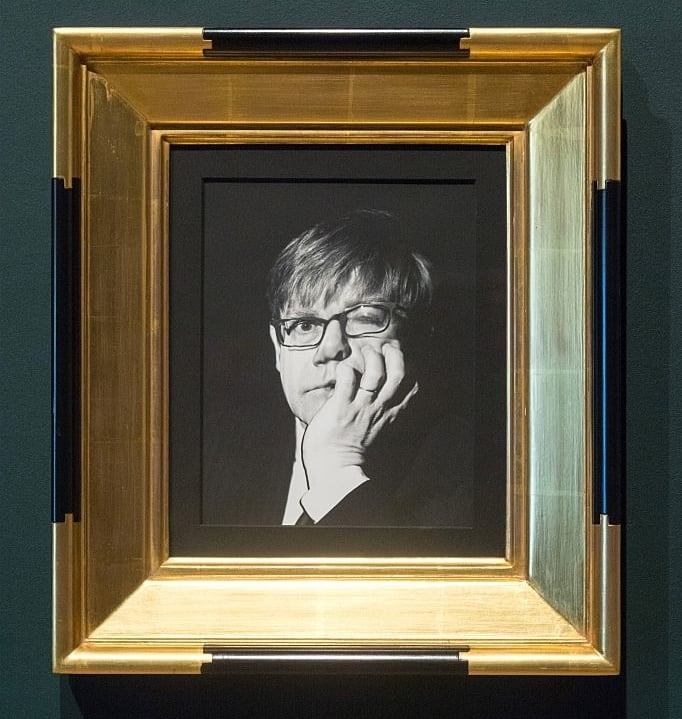
Photograph of Sir Elton John by Irving Penn, part of Sir Elton John collection showing at the Tate Modern. Ray Tang/Anadolu Agency/Getty Images.
John recounts a night in 1973 or 74 (dates get a bit hazy) when Andy Warhol came knocking on his hotel door in New York. The musician was holed up in a suite with John Lennon at a time when the Beatle and his artist companion, Yoko Ono, were temporarily separated. The two Brits were midway through a pile of cocaine when there was a knock at the door. They feared it might be the police. Peeking through the keyhole, John recognized Warhol, standing in the doorway with his constant companion, a Polaroid camera. John was about to let Warhol in, but Lennon “shook his head frantically” and hissed, “Don’t answer it.” Lennon did not like the idea of being photographed with “icicles” of coke hanging off his nose, even by Warhol, a past master in flattering celebrities. And so the pop stars ignored the continued knocking of the world’s most famous Pop artist.
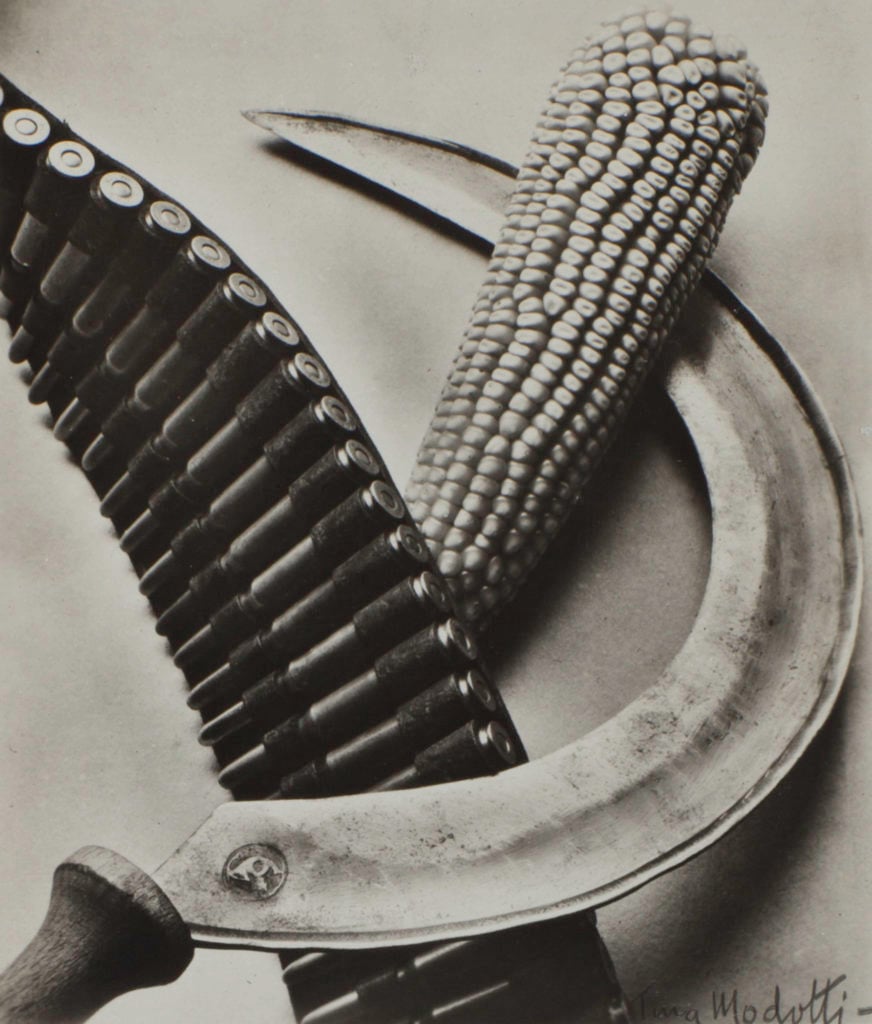
Tina Modotti, Bandolier, Corn and Sickle (1927), from the Sir Elton John Photography Collection. Courtesy Tate.
John has no regrets about his shopaholic tendencies, especially since he gave up other graver vices first. “I’ve been addicted to far more damaging things than buying tableware and photographs,” he writes (although he admits that owning 1,000 candles and keeping them in a closet is a bit excessive).
After entering rehab and getting sober, John took time off from performing in the early 1990s. That’s when he started collecting photography. “I’d been around incredible photographers for most of my career—Terry O’Neill, Annie Leibovitz, Richard Avedon, Norman Parkinson—but I just thought of it as a form of publicity, never an art,” he writes. That all changed when he looked over the shoulder of a friend who was thinking about buying some prints by Herb Ritts, who had shot one of John’s album covers in the past. “I ended up buying 12 of them,” he recalls.
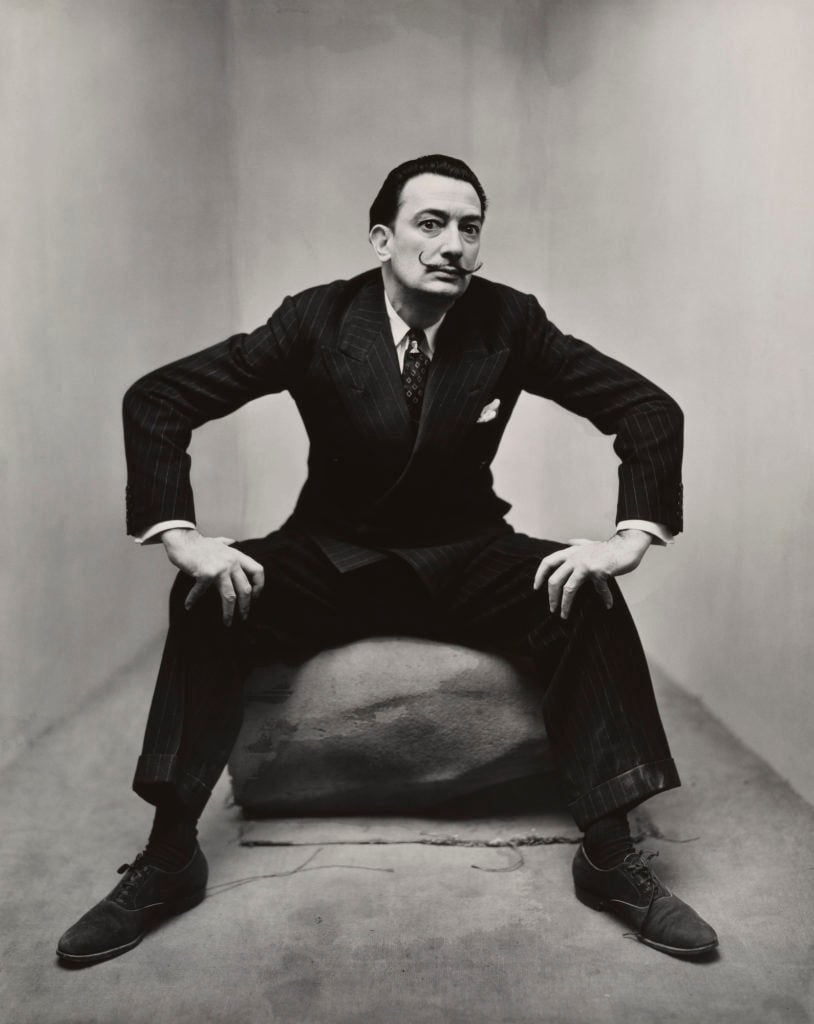
Irving Penn, Salvador Dali, New York (1947), from the Sir Elton John. Photography Collection. Photo ©The Irving Penn Foundation.
John’s art collecting eventually reached an epic scale. “It was the state of the squash court that made me realize my passion for collecting had got the tiniest bit out of proportion,” he recalls. No one could play because his home court was full of crates. And he couldn’t unpack anything because there was no extra space in his mansion near Windsor outside of London. Moving around the house was an obstacle course, he confesses.
John has built a particularly strong collection of Man Ray photographs—and his love affair with the artist dates back to the 1960s, well before he began collecting photography, and even before he became Elton John. Then known as Reginald Dwight, the musician and his writing partner Bernie Taupin were struggling artists living in Dwight’s mother’s house in Pinner, an unglamorous suburb of London. John had no money, but he had reproductions of Man Ray on the wall, which he had loved since a teenager. Years later, he bought a vintage print of May Ray’s Glass Tears (1932). The £112,000 he paid at Sotheby’s in 1993 set a new auction record for a photograph at the time.
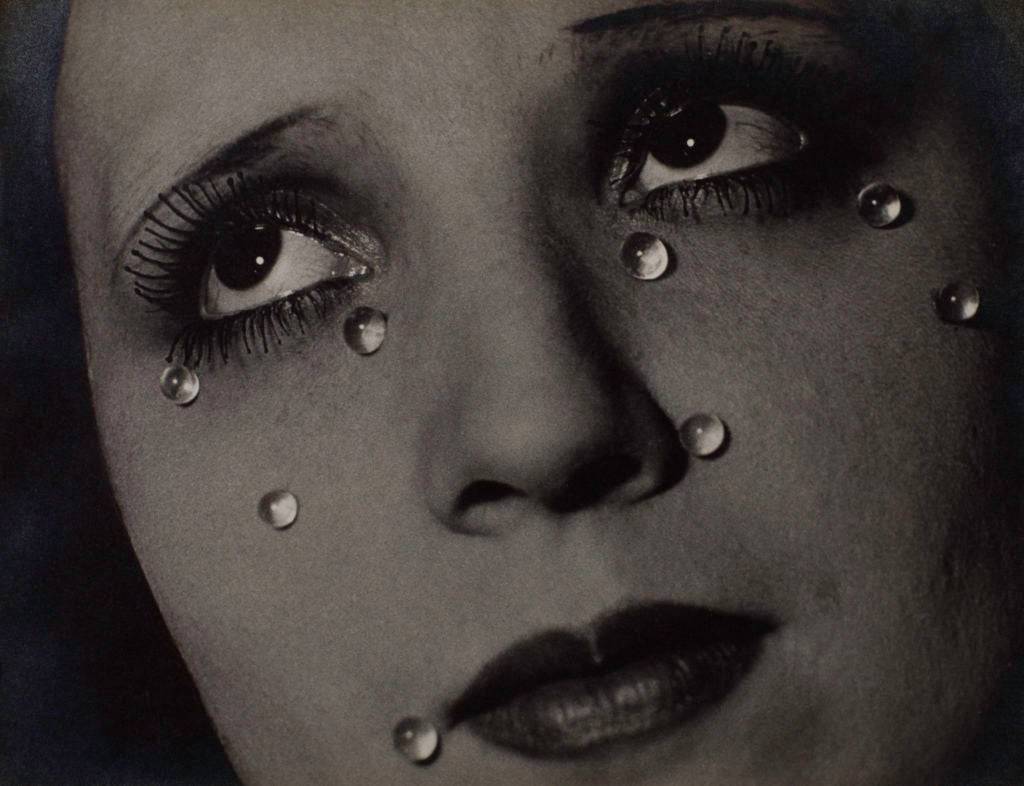
Man Ray, Glass Tears (1932) from the Sir Elton John Photography Collection. Photo ©Man Ray Trust/ADAGP, Paris and DACS, London 2016.
In an effort to downsize his bursting collection, Johns sent many of his possessions to Sotheby’s for a four-day auction in 1988 that ended up generating more than $8 million. Sotheby’s experts left John’s home “looking a little faint,” he recalls. He was not quite sure whether it was because of the quantity “or the sheer hideousness of some of it.” He ended up selling all his paintings except a small handful, including a Francis Bacon, a Patrick Proctor, and two Magrittes.
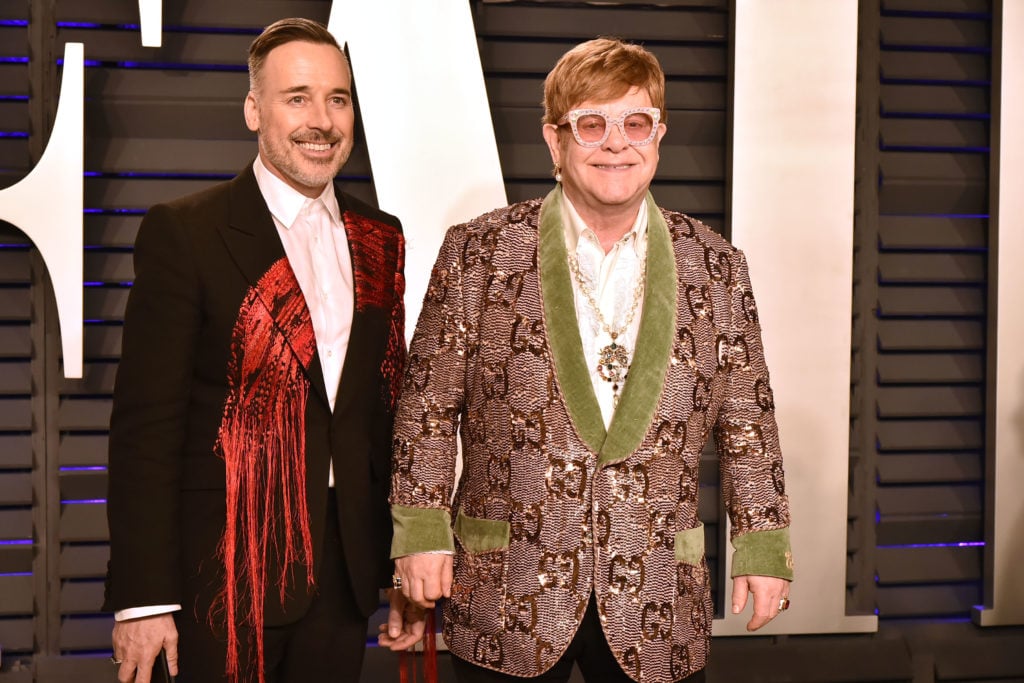
David Furnish and Elton John attend Vanity Fair Oscar Party 2019 – Post Party Arrivals at Wallis Annenberg Center for the Performing Arts on February 24, 2019 in Beverly Hills, CA. (Photo by David Crotty/PMC)
John and his husband David Furnish are also generous museum patrons. There is now a photography gallery in their name at London’s Victoria and Albert Museum, which is due to host a show drawing on their 7,000-work photography collection, details of which are yet to be announced. It is a follow-up to the show of John’s modern photography at Tate Modern, “The Radical Eye,” in 2016.
John and Furnish were among the UK’s first gay couples to become civil partners, and in his autobiography, the singer reveals that they originally planned to hold a lavish wedding reception at a studio on the Pinewood film lot outside London. But “the planner came back with a budget that even I thought was ridiculous,” the high-spending musician recalls. “I remember looking at it and thinking: ‘I could go mad in the Old Masters department of Sotheby’s for that kind of money.’”